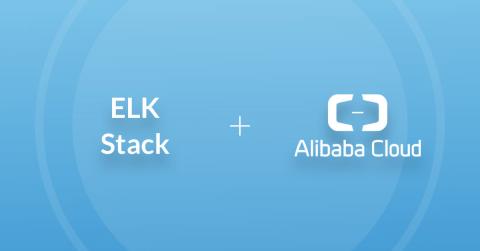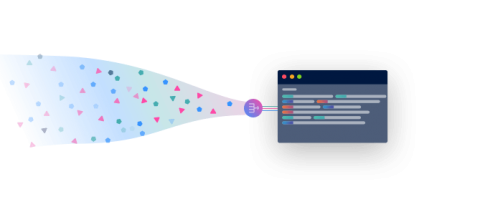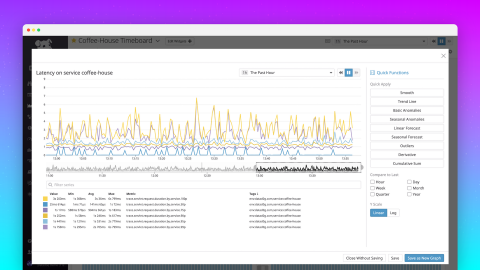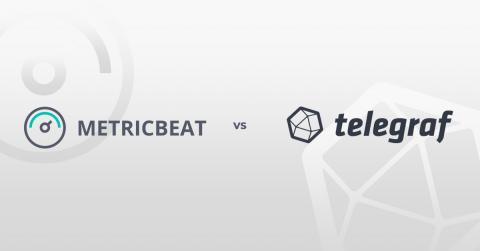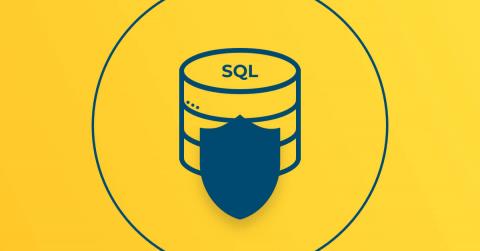Installing the ELK Stack on Alibaba Cloud: Step by Step Guide
The ELK Stack is the world’s most popular open source log analytics and log management platform. Together, the four main components of the stack — Elasticsearch, Logstash, Kibana and Beats, provide users with a powerful tool for aggregating, storing and analyzing log data. In production environments, the ELK Stack requires an infrastructure flexible and powerful enough to power it.


